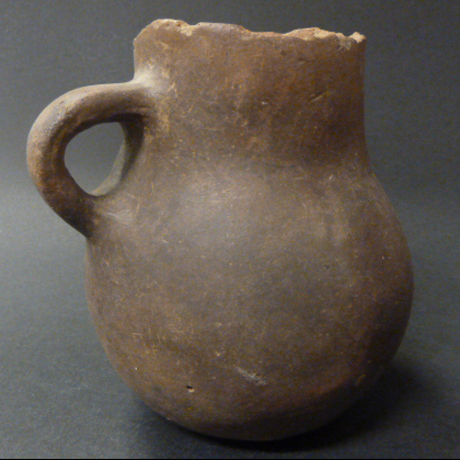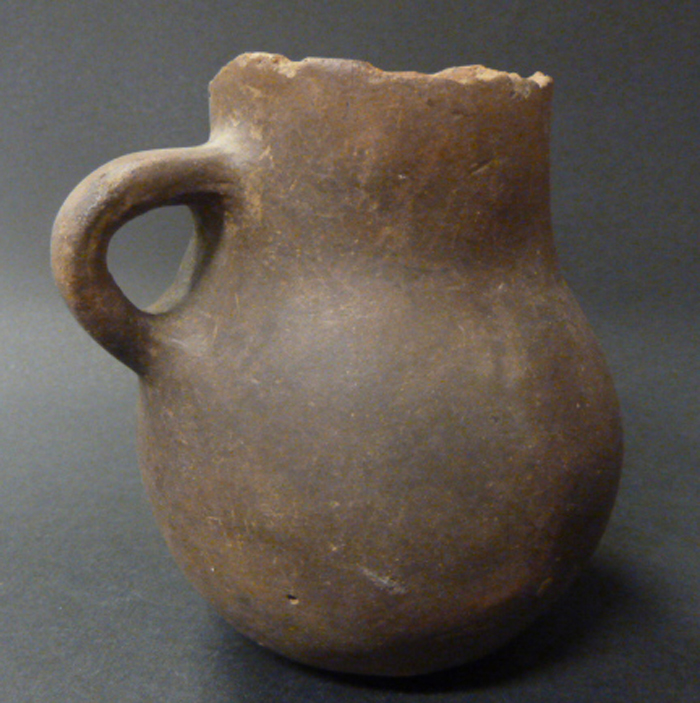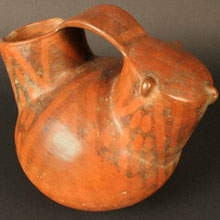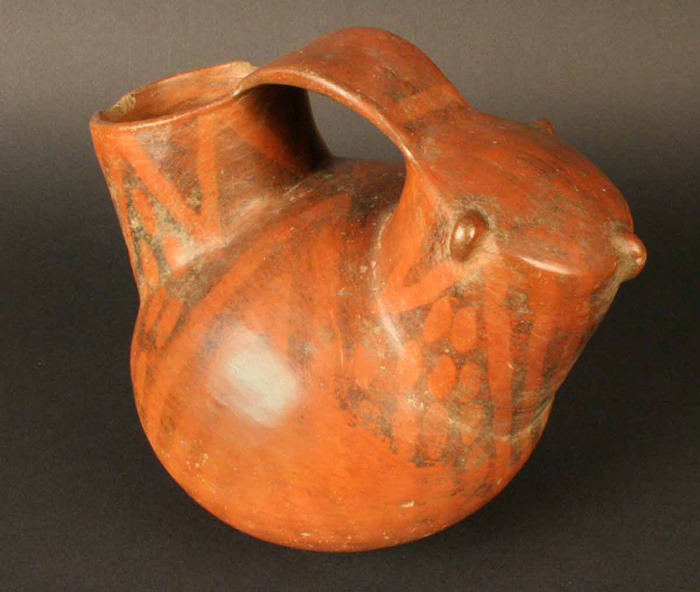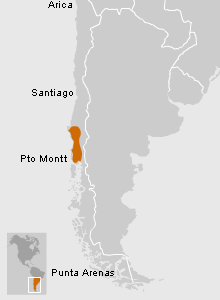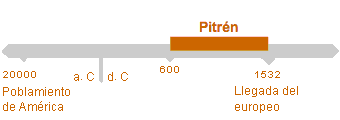The Pitrén people were the first horticulturalists to inhabit the lands between the Bío Bío River and the northern shore of Lago Llanquihue. In the East, they were present on both sides of the Andes Mountains, and in the west they occupied the lands up the Nahuelbuta Range. The landscape here is dominated by temperate rainforest, which covers the land from the Pacific coast all the way to the Andean foothills. Between the forest and the eternal snows of the high Andes are forests of Araucaria trees, a coniferous species endemic to this region.
How to Arrive
El Museo se encuentra ubicado en pleno centro de Santiago, en la esquina de las calles Bandera y Compañía, a una cuadra de la Plaza de Armas.
Tickets
Chileans and resident foreigners: $1,000 Foreigners: $8,000 Chilean students and resident foreigners: $500 Foreign students: $4,000
Guided Visit
El Museo cuenta con un servicio de guías, sin costo adicional, para los establecimientos educacionales.
Information for Teachers
Invitamos especialmente a coordinarse con alguno de nuestros guías para programar una visita o actividades de motivación y seguimiento que aprovechen de la mejor forma la experiencia de visitarnos.
Audioguides
Download recordings of the Permanent Exhibition display texts in English, French, Portuguese and Spanish here. These audioguides are in mp3 format and are arranged by cultural area, following the same order as our exhibit galleries. Descargue desde esta página audioguías en castellano, inglés, francés y portugués con los textos de las vitrinas de la […]





































